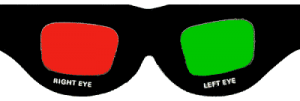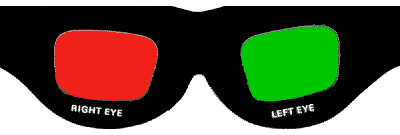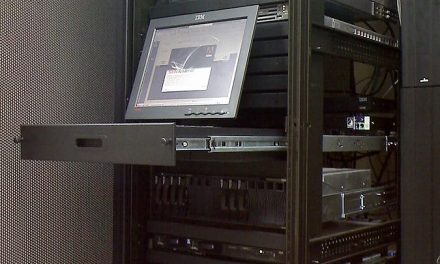 While watching 3-D movies in theaters with the aide of 3-D glasses is wonderful, its a little difficult to have that visual experience at home. But perhaps not for long. Movie theaters create a 3-D effect by using custom polarized light or by projecting a dual pair of images that produce a simulated sense of depth. But you also must wear the glasses too, which has limited the market for 3-D TVs. Perhaps the main reason 3-D televisions aren’t really catching on is because they can’t actually play the stereo formats that traditional 3-D movies use in theater.
While watching 3-D movies in theaters with the aide of 3-D glasses is wonderful, its a little difficult to have that visual experience at home. But perhaps not for long. Movie theaters create a 3-D effect by using custom polarized light or by projecting a dual pair of images that produce a simulated sense of depth. But you also must wear the glasses too, which has limited the market for 3-D TVs. Perhaps the main reason 3-D televisions aren’t really catching on is because they can’t actually play the stereo formats that traditional 3-D movies use in theater.
Scientists from MIT’s Computer Science and Artificial Intelligence Laboratory (CSAIL) intend to change that with “Home3D,” which converts traditional 3-D movies from stereo into a format that’s compatible with so-called “automultiscopic displays.” The benefit of this new system is that it will allows viewers to watch 3-D movies at home without having to wear special glasses.
How it works
Typical “stereoscopic” systems today project just dual images. While Home3D converts 3-D movies to “multiview” video, which means that the screen displays three or more images that simulate how the scene appears from different location views. As a result, each eye perceives what it would see as if being at a given spot within the scene. This permits the brain to naturally perceive the depth in the image. The new Home3D algorithm manages sizable left/right gaps, while also handling depth of focus and reflection problems that can be difficult for depth-image-based approaches. The algorithms also provides customized viewing adjustments, dialing the desired level of 3-D higher or lower for any given movie.
What’s Next
Since Home3D can run in real-time on a graphics-processing unit (GPU), in theory it could run on a system such as an Xbox or a PlayStation. The next logical step would be to transform Home3D into the structure of a chip that could be embedded into TVs or media players such as Google’s Chromecast.










